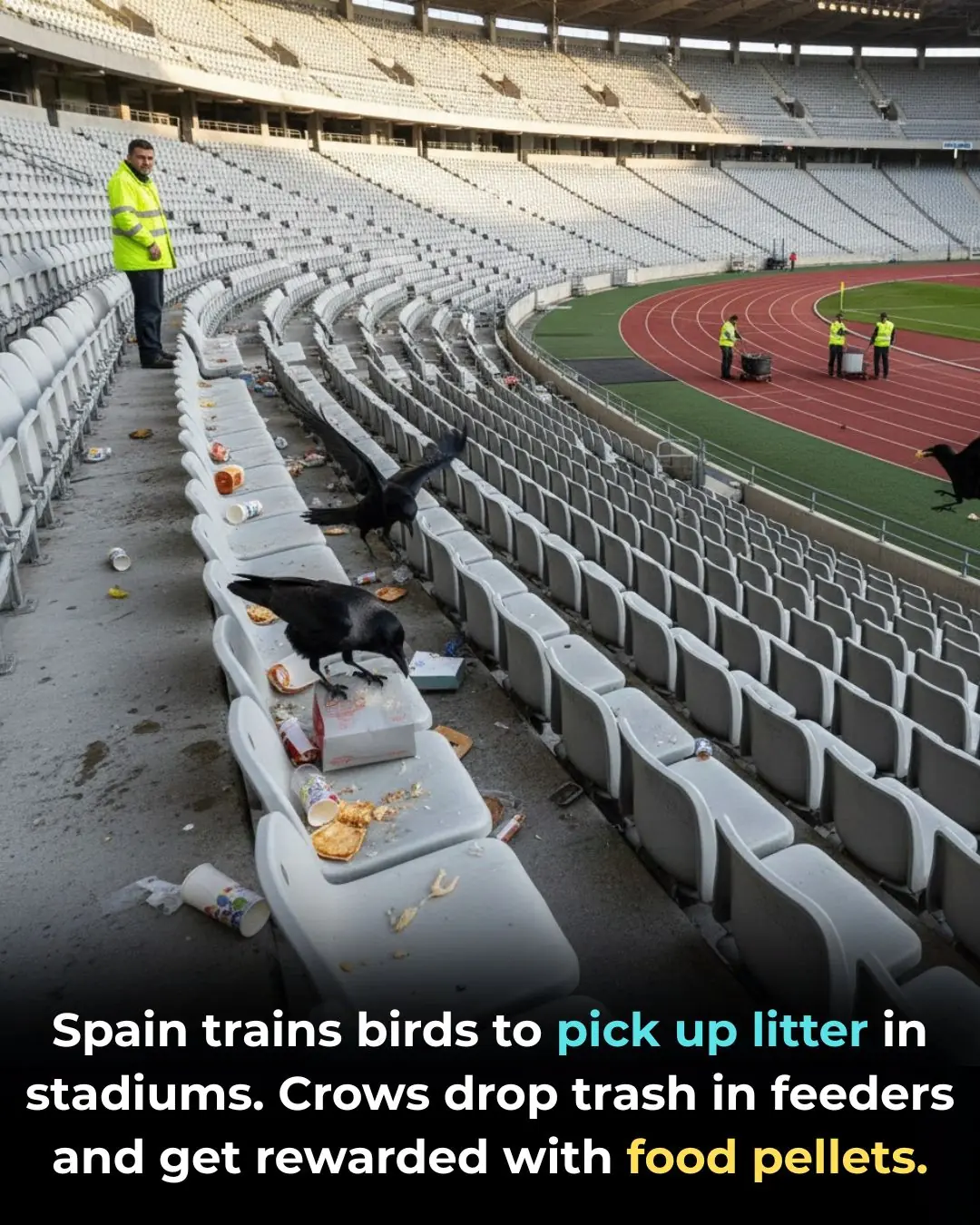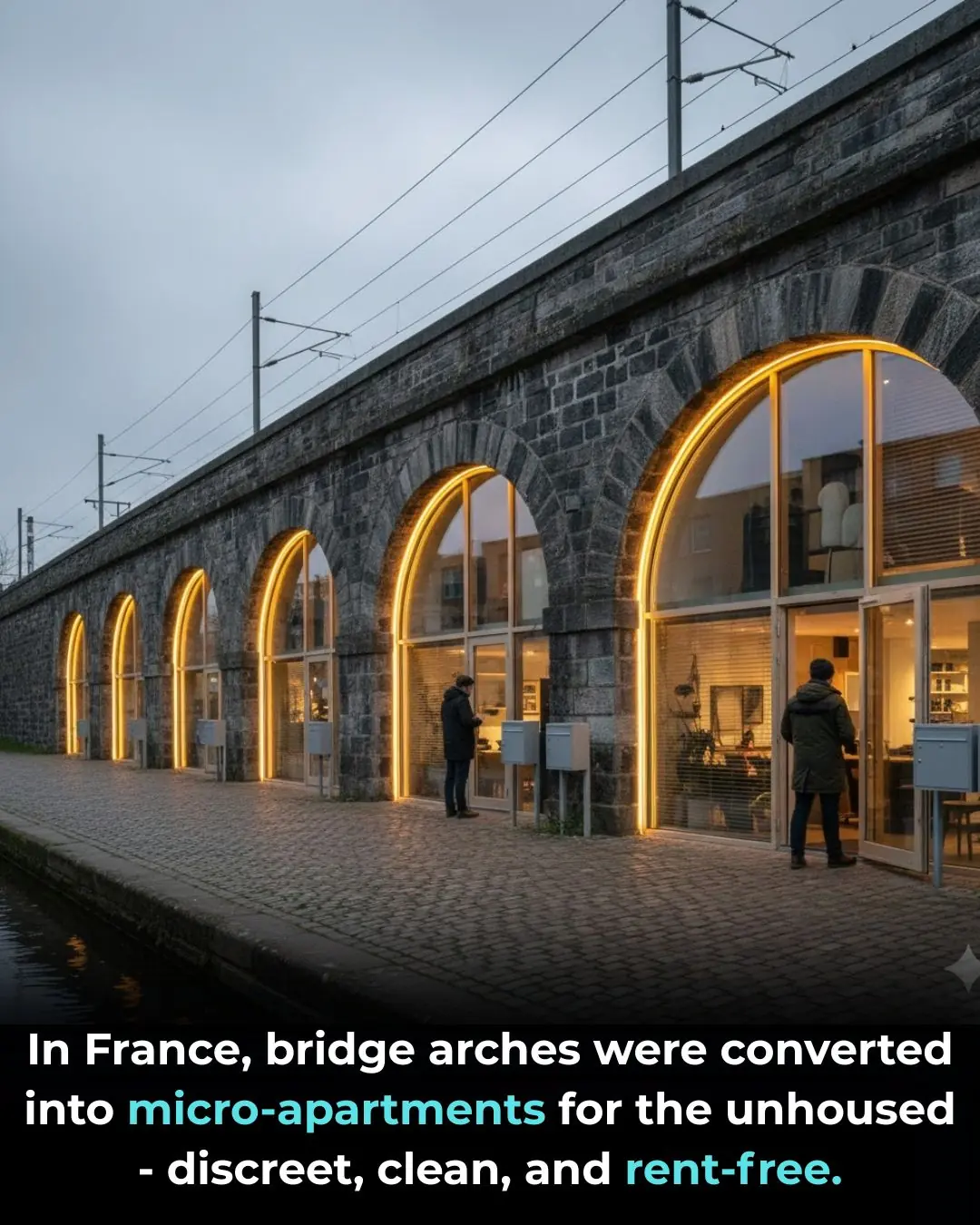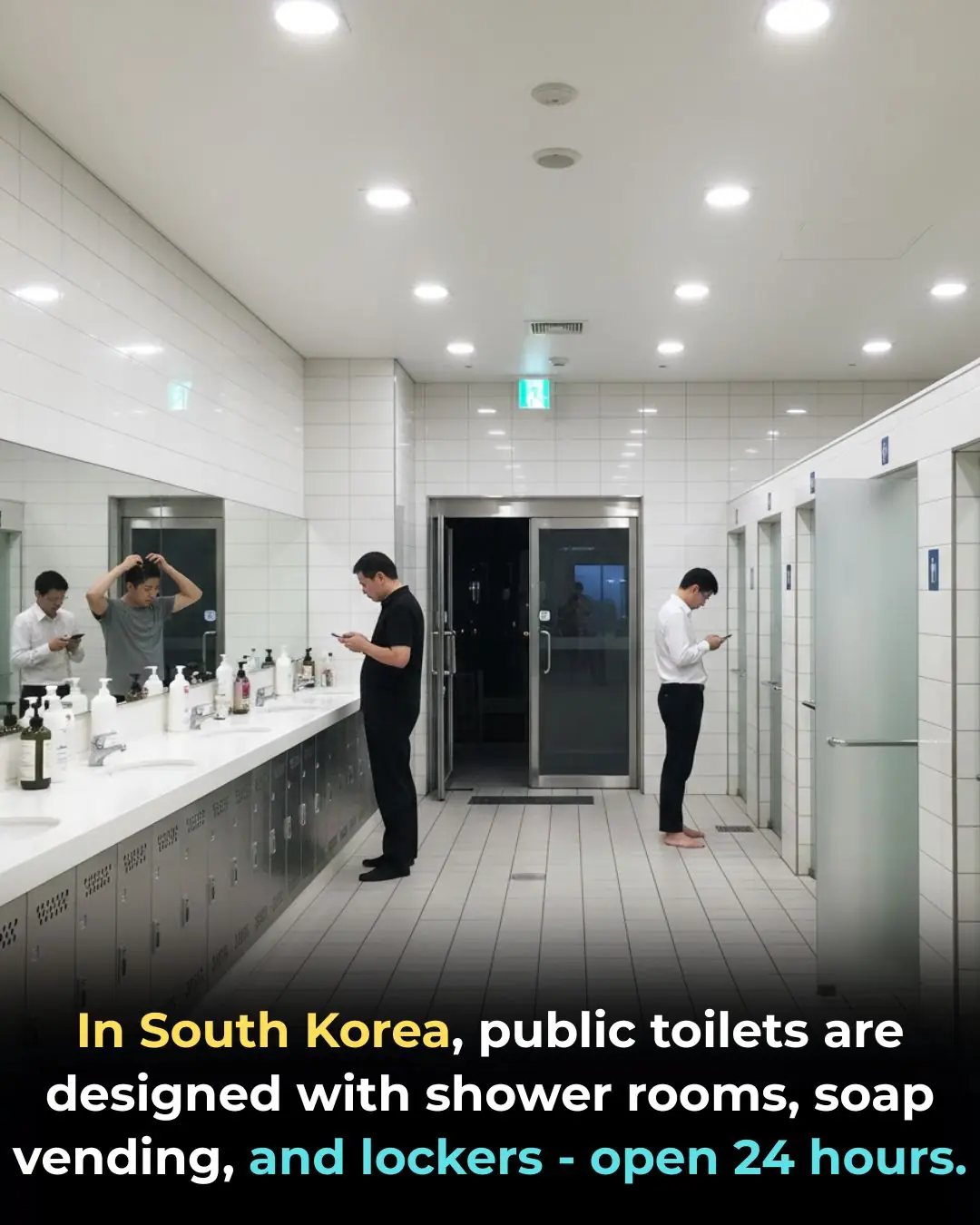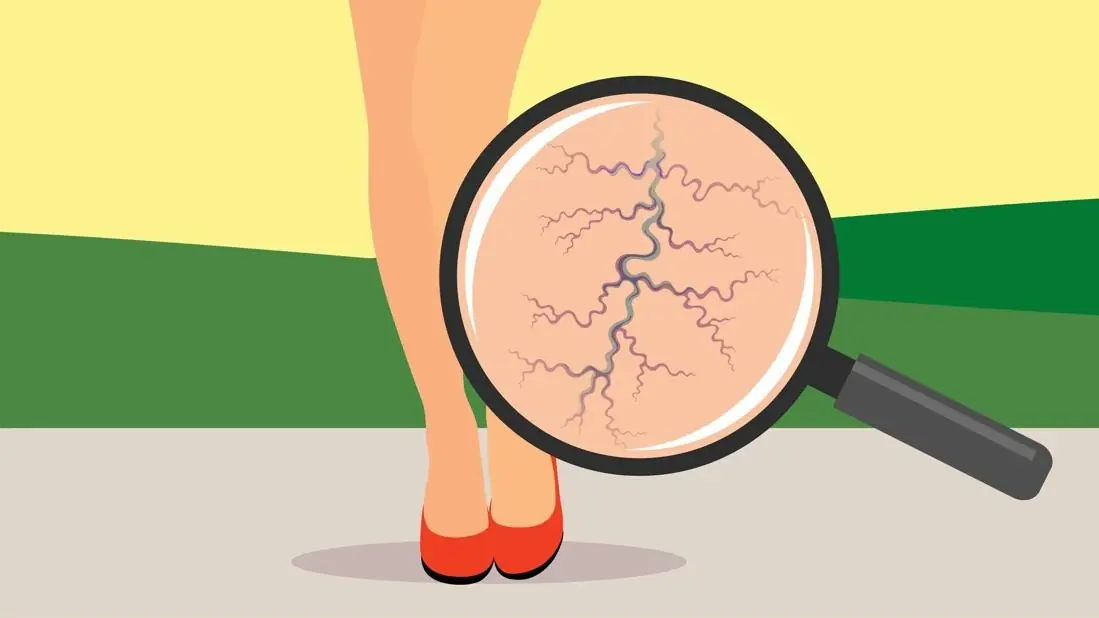
Top 10 Safest Places if World War 3 Broke Out
If global tensions were ever to rise to the point of a major worldwide conflict, many people would naturally begin to question where the safest places on Earth might be. In the event of World War III, the ideal locations would be places far away from military targets, political entanglements, and major economic hubs. Regions with strong neutrality, reliable natural resources, and significant geographic isolation would offer the best chances for long-term safety and stability.
While no place on the planet can be considered completely risk-free, some nations and territories are far better positioned to stay insulated from global chaos. Based on geographic isolation, political neutrality, sustainability, and self-sufficiency, here are ten of the safest places to consider should a global war erupt.
1. New Zealand
New Zealand is one of the most remote and peaceful countries in the world. With no major enemies and a long history of staying out of global conflicts, it provides an ideal refuge. Its small population reduces the likelihood of becoming a strategic target. The nation is rich in natural resources, especially agriculture, which ensures a stable food supply.
A large portion of New Zealand’s electricity comes from sustainable sources such as geothermal energy, hydroelectricity, and wind power. Combined with political stability and a strong disaster-preparedness culture, New Zealand is widely regarded as one of the safest places to be if global war ever broke out.
2. Switzerland
For more than two centuries, Switzerland has upheld strict military neutrality. It avoided direct involvement in both World Wars and maintains some of the world’s most secure borders thanks to the surrounding Alps. The country is famously prepared for crises—many residential buildings even include mandatory bomb shelters.
Switzerland also produces much of its own food and maintains a highly efficient infrastructure. Its diplomatic approach, peaceful society, and strategic neutrality make it one of the most stable and secure countries during global turmoil.
3. Iceland
Located in the North Atlantic, Iceland is one of the world’s most isolated nations. It has no standing military, no geopolitical enemies, and little strategic value in warfare. The entire country runs on renewable energy from geothermal and hydropower sources, offering strong self-reliance.
Iceland’s clean environment, low population, and political neutrality make it unlikely to suffer from nuclear fallout or targeted attacks. Its remote nature and natural sustainability make it an excellent refuge in times of global instability.
4. Antarctica
Although not a sovereign nation, Antarctica remains one of the most isolated regions on Earth. The Antarctic Treaty prohibits all military activity and ensures that the continent is used exclusively for scientific research. With no permanent population, no borders, and no political or economic interests, Antarctica is one of the least likely locations to be affected by global conflict.
Survival would require extensive planning due to harsh climate conditions, but for those capable of sustaining themselves, Antarctica provides unmatched solitude far from the chaos of war.
5. Argentina
Situated far from global power centers, Argentina offers a considerable amount of safety during potential worldwide conflict. The country has vast agricultural resources, producing plenty of meat, grains, and vegetables. It is largely energy-independent and maintains a balanced political stance with few international enemies.
The Andes Mountains create a natural defensive shield, and the southern regions—such as Patagonia—remain remote and sparsely populated. If conflict heavily impacts the Northern Hemisphere, Argentina’s distance could help it avoid the worst consequences.
6. Ireland
Ireland maintains a long tradition of neutrality and is not part of NATO. Its location on the far western edge of Europe keeps it away from major military routes and strategic targets. The country has a stable political system, strong diplomatic ties, and dependable access to food and clean water.
Ireland’s peaceful society and low involvement in global disputes make it far less likely to be targeted during large-scale conflict. Its rural landscapes and self-reliant communities add an extra layer of security.
7. Canada (Remote Regions)
Canada is one of the largest countries on the planet, yet much of its interior remains sparsely populated. Remote regions offer ample fresh water, forests, farmland, and wildlife. While Canada is a member of NATO, the vast wilderness areas are unlikely to be targeted and could support long-term survival.
These remote zones provide room for self-sufficient living, far from major cities or industrial centers. In the event of global conflict, the Canadian countryside could become a safe and sustainable refuge.
8. Tuvalu and Other Pacific Islands
Tuvalu, along with islands such as Samoa and Kiribati, is among the most remote and least politically involved nations in the world. These islands have no military significance, no large industrial sectors, and virtually no history of conflict.
Local communities depend on fishing, small-scale farming, and close-knit social structures. While supply chains may become difficult during global conflict, their isolation also shields them from becoming targets. Their peaceful nature and lack of strategic value make them surprisingly safe locations.
9. Bhutan
Tucked away in the Himalayas, Bhutan is known for its commitment to peace, tradition, and environmental sustainability. The country avoids global political disputes and has no record of aggression. Its mountainous terrain provides natural protection, making invasion extremely difficult.
Bhutan is not part of any major military alliance and focuses heavily on local agriculture and community resilience. Its emphasis on well-being and social harmony could help the country remain stable even during worldwide turmoil.
10. Chile
Stretching along South America’s Pacific coast, Chile is geographically protected by both the vast ocean and the Andes Mountains. The country enjoys political stability and maintains a moderate, independent foreign policy. Chile grows and produces much of its own food and has reliable access to renewable energy.
Southern regions like Patagonia are among the most remote areas on Earth, offering isolation and long-term survival potential. During global conflict, Chile’s geography and self-sufficiency would make it one of the safer places to reside.
What Makes a Place Safe?
A truly safe location during global war must meet several key criteria:
-
Distance from military alliances and major powers
-
Strong local food production and renewable energy sources
-
Political neutrality and low involvement in international disputes
-
Stable government systems and supportive community networks
-
Geographic isolation that reduces the chance of being targeted
Countries that embody these traits are more likely to remain peaceful and self-sustaining even in the face of global turmoil.
Final Thoughts
Although the world hopes that World War III never becomes a reality, history reminds us that peace is never guaranteed. Understanding where safety may lie—and what factors contribute to it—can provide comfort and preparedness during uncertain times.
The ten locations listed above offer a combination of isolation, neutrality, natural resources, and political stability. While no place can offer complete protection, these regions present the best chances for sustaining life during a global crisis. Planning, awareness, and thoughtful decision-making can make all the difference in times of upheaval.
News in the same category


The Evolution of Public Road Speed Records: From the Mercedes-Benz W125 to the Koenigsegg Agera RS

New Antiviral Chewing Gum Made From Lablab Beans Shows Strong Virus-Neutralizing Potential in Lab Tests

Misconceptions That Turn Water Purifiers Into a Source of Illness — Stop Them Before They Harm Your Family

A New Breakthrough: Magnetic Microrobots Designed to Navigate Blood Vessels and Stop Strokes

A Dual Climate Solution: Solar Panels Over Canals Could Save Billions of Gallons of Water

Regenerative Medicine Milestone: Stem-Cell Trial Restores Motor Function in Paralyzed Patients

From Crow to Cleaner: How Feathered Geniuses Are Fighting Litter in Spain

Using Crow Intelligence to Fight Pollution: Inside Sweden’s Corvid Cleaning Project

From Stone to Shelter: Innovative Housing Beneath France’s Historic Bridges

Redefining Public Restrooms in South Korea: Hygiene, Dignity, and Accessibility for All

How Cyclic Sighing Became One of the Most Effective Breathing Techniques for Reducing Anxiety

Hepatitis C Virus Detected in Brain Tissue: A Potential Link to Schizophrenia and Bipolar Disorder

Scientists Sequence the World’s Oldest RNA from a 40,000-Year-Old Woolly Mammoth

Novel Neural Pathway Identified as Key to Reversing Autism-Related Behaviors

Why seniors should keep their socks on even at home

What Once Seemed Impossible: Lab-Grown Spinal Cord Sparks Hope for Millions

Lab-Grown Spinal Cord Tissue Marks a New Era in Paralysis Treatment

How Hormonal Birth Control May Reshape the Brain: New Neuroscience Insights
News Post

The Day a Burned Little Boy Met His Hero in Blue.

The Princess Who Saved Her Father.

The Mailman Who Became Her Shelter.

Forty-Eight Hours of a Mother’s Love.

Jack Andraka: The 15-Year-Old Innovator Who Sparked a New Wave of Early Cancer Detection Research

The Evolution of Public Road Speed Records: From the Mercedes-Benz W125 to the Koenigsegg Agera RS

New Antiviral Chewing Gum Made From Lablab Beans Shows Strong Virus-Neutralizing Potential in Lab Tests

10 Effective Ways to Reduce Dust in Your Home – Keep Your Living Space Clean and Healthy

Misconceptions That Turn Water Purifiers Into a Source of Illness — Stop Them Before They Harm Your Family

The Best Natural Remedies to Treat and Prevent Varicose Veins Effectively

People Who Do This Every Morning Have Better Circulation and More Energy

The hidden signs your body sends before diabetes strikes

Vaseline Uses and Benefits for Skin, Lips, and Hair

10 simple ways to reduce dust at home that most people overlook

You’re Doing It All Wrong: Here’s the Right Way to Defrost Frozen Pipes

7 Powerful Fruits to Preserve Muscle Strength and Energy After 50

I Didn’t Know!

The #1 FASTEST way to reverse fatty liver naturally

Could the bacteria in your nose be causing Alzheimer’s?
